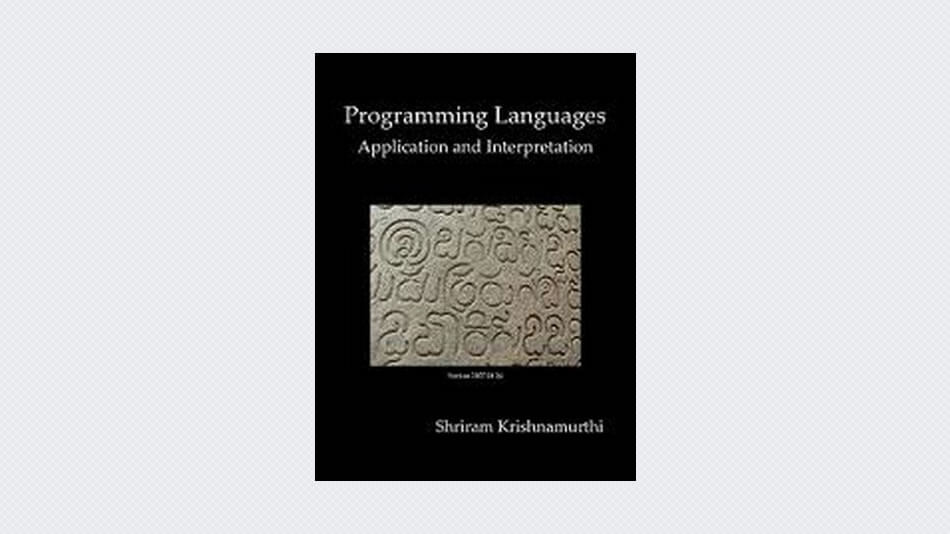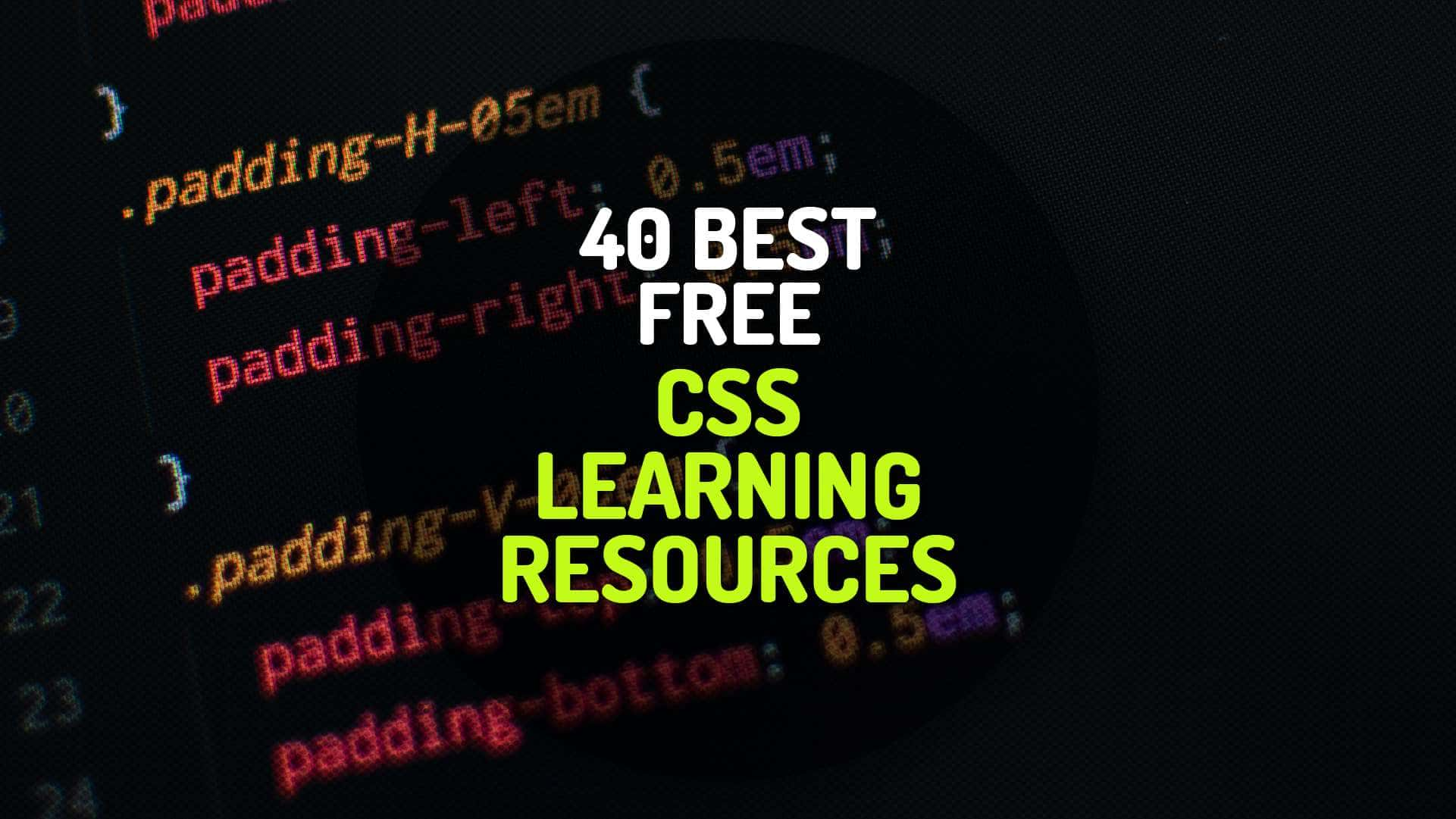The main programming language used in this book is Racket. Like with all operating systems, however, Racket actually supports a host of programming languages, so you must tell Racket which language you’re programming in.
Unlike some other textbooks, this one does not follow a top-down narrative. Rather it has the flow of a conversation, with backtracking. We will often build up programs incrementally, just as a pair of programmers would. We will include mistakes, not because we don’t know the answer, but because this is the best way for you to learn. Including mistakes makes it impossible for you to read passively: you must instead engage with the material, because you can never be sure of the veracity of what you’re reading.
At the end, you’ll always get to the right answer. However, this non-linear path is more frustrating in the short term (you will often be tempted to say, ‘Just tell me the answer, already!’), and it makes the book a poor reference guide (you can’t open up to a random page and be sure what it says is correct). However, that feeling of frustration is the sensation of learning. I don’t know of a way around it.




